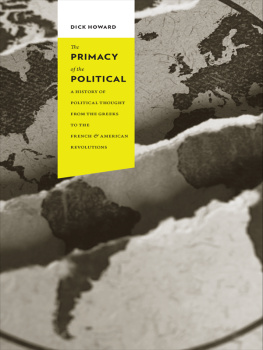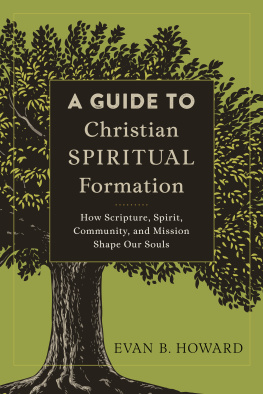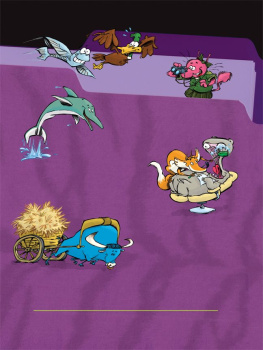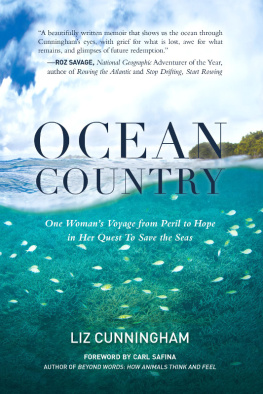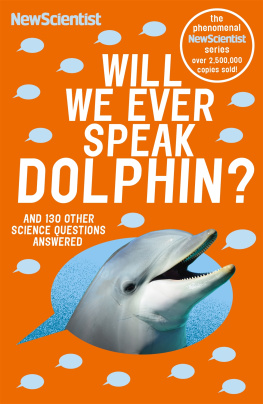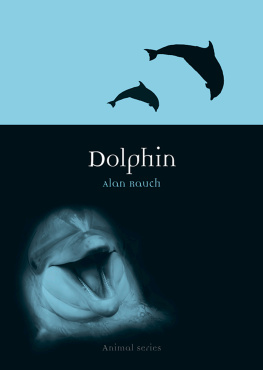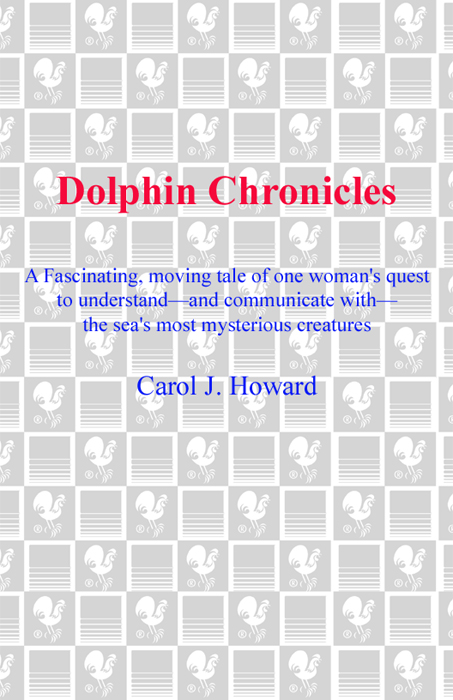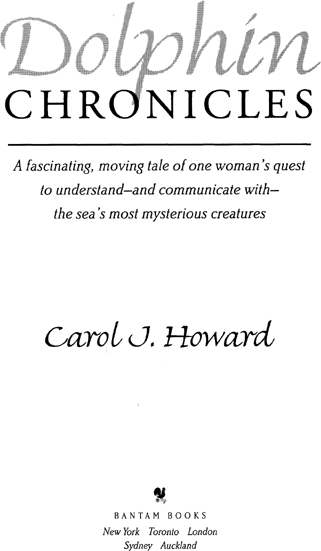Dolphin Chronicles gives a true and lively report of research into the intelligence and behavior of a large-brained nonhuman animal species. Emphasizing communication, Dolphin Chronicless message will have uncommon appeal for todays networking generation.
Victor B. Scheffer, former U.S. government marine biologist and chairman of the U.S. Marine Mammal Commission, and author of The Year of the Whale and A Natural History of Marine Mammals
Fresh, beautiful, and elegantly scientific, Dolphin Chronicles gives us a cascade of insights into our seagoing mammalian kin. Carol Howards sensitive, dedicated research has produced a glorious book, a must for those who love animals and for those who love the sea.
Elizabeth Marshall Thomas author of The Hidden Life of Dogs
Foreword
A s I looked forward to retirement after almost four decades of research work on dolphins, a most curious and poignant paradox became evident to me. It seemed that much of what we had learned in that span of years might never be expanded upon. Soon, if public opinion about research with captive dolphins followed the dictates of those espousing animal rights, we might have no chance to learn more, even though dozens of tantalizing avenues, pregnant with probable discovery about dolphin lives and capabilities, were just then opening.
A small, vocal, and insistent group of people were calling into question the capture, holding, and study of dolphins. Although at first they seemed to be a far-out minority, their views were increasingly being melded into the mainstream. The way these things work, in a generations time, what had been merely clamor at first was becoming the prevailing view.
What hit me hardest about this transition was the insistence of the animal-rights community that we cut off our most intimate and direct contact with dolphins; that we live with the myths many people had spun in an impenetrable web around dolphins instead of continuing to seek out true things. Viscerally, deep down, I have come to rail against this curious propensity of humans. As a scientist I do not accept that such myths give viable directions about how we should live in this world. Too many excesses and misdirections of our species have sprung from this tendency to build castles in our imaginations and then live by them. Over and over again in my career, the true things that my colleagues and I have uncovered have come to seem more wonderful by far than anything we could have made up. We had by our science forged this connection to the dolphins, and to nature more generally. This bridge had come to seem to me very precious indeed.
At the same time I also understood and resonated with the emotional underpinnings of the animal-rights movement. The more we have learned about the lives of such wild animals, especially the birds, wolves, elephants, chimpanzees, hippopotamuses, and dolphins of this worldand even those animals more remote stillthe more we find we have in common. No wonder our care for them is awakening!
My house is full of cats and dogs, parrots, peafowl stomping on the roof, yelling out their loves for each other, chickens all running free, digging deep in the dust to make their baths down in the azalea garden. They are no inconsequential part of our lives here at my farmlet of El Encinal, as I call it, named for the oak grove outside the windows. Its a little harder to do this sort of thing with dolphins, their housekeeping needs being what they are, but Ive managed that too. What has mattered most in all these connections, dolphins included, were the modest things between me and them that I could see, hear, and feeland sense on the emotional plane. They are different from us, yes, but all of them are sentient sharers of the Earth with the rest of us. I could not have come to understand that fact locked in a thermostatically controlled flat in Brooklyn with only an African violet to keep me company. The bridge between us is crucial, it came to seem.
But when you build a mythic connection, it is easy to shove it aside because deep down you know it is merely a myth. Ultimately, the true things we have learned about other species are what matter; they are the connections that one can depend upon. Such true things can cause a person to step back and say: No, I must not do that! It will hurt my friend. I most deeply want real animals at the other end of my communications; I want to feel those links of touch, smell, sharing of food, dividing of space, and the even more subtle building bridges of understanding between us.
So, as my last scientific effort before retirement, I decided to see if there was a compromise possible between the demands of the animal-rights community and dolphin scientists. Could we scientists learn to borrow a cadre of dolphins from nature, bring them into our laboratory, learn from them, and release them again to live out the rest of their wild lives? I called it The Dolphin Science Sabbatical. My hope was that the dolphin connection could remain unbroken and that we two species could continue to build our relationship based upon truth, not myth. This proved to be about as difficult a venture as I ever undertook.
Just before I began this effort, into my intellectual orbit came a quite remarkable young womanCarol Howard, the author of this book. She was not a biologist, which is how I am classified, but rather a psychologist, and a skilled writer about sciences for more public audiences. She subsequently became a doctoral student in my laboratory and carried out the scientific studies of two dolphins we captured for the worlds first dolphin science sabbatical.
In spite of the differences in our knowledge and training, I came to regard Carol as possessing a very special, incisive talent. Time and time again, in her quiet, measured way, Carol would cut through the verbiage of our discussions to reveal the exciting, central insights that were to be had. She sees with remarkable clarity of mind and writes with an unvarnished integrityboth things evident over and over in this book. Beyond that lies Carols deep emotional connection to the world and all that is in it.
Did the science sabbatical idea succeed? Can we think of borrowing dolphins for a while to learn from them?
No. In the last analysis I finally discarded the idea of the dolphin sabbatical, at least as we performed it, as a viable way of providing a connection between our two species. It proved far too difficult a traverse for naive dolphins to take over and over again on a rather short time schedule. Misha and Echo were pushed too hard by the transition we imposed upon them. The problem was not so much the capture, or the transportation across the country by airplane. It was, rather, the difficulty of telling a fresh-caught wild dolphin that we wanted to learn from it. In retrospect, we now see that those two dolphin teenagers began their sabbatical not knowing that we were even asking questions of them. Repeatedly we humans confronted them with abrupt and frustrating shifts of behavior, which we thought were clear commands, but which instead presented them with unfathomable double binds. They simply didnt know we were using yes-no as a bridge between them and us. In the end, however much I wanted to open the channel between us and then explore a little, this was, I concluded, not the way it should be done.


